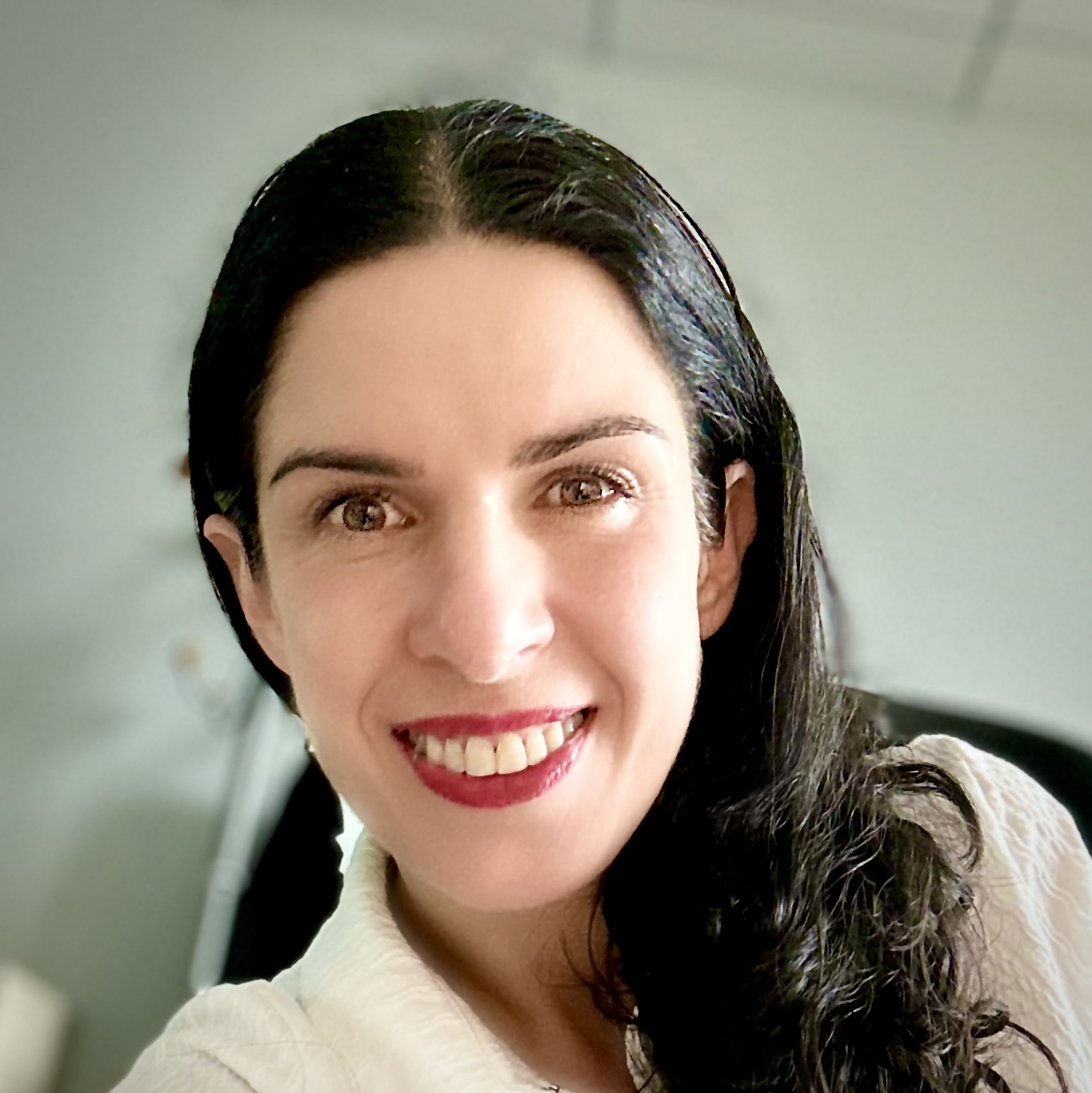No escape from AI: The future of language and translation
21 Oct 2024
 6 mins
6 mins

The latest TAUS Massively Multilingual AI Conference in October made it clear: there’s no escape from AI. Not so much because AI “helps us navigate the complex AI landscape to unlock our potential, revolutionize localization, and unleash the power of innovation, efficiency, and global reach at an unprecedented scale” (to use its own bombastic word choices), but simply because we cannot stop progress.
AI has triggered a change in the role of human linguists
Language is becoming less human-centric, as noted by Emanuel Heranz and further supported by Renato Beninatto’s observation that LSPs nowadays provide "insurance" instead of the traditional translation services.
If language is not an exclusively human faculty anymore, the role of the human translator must change from being the person doing the translations to being the person who is responsible for the translations, as highlighted by Jarek Kutilowski. This means that we must shift translators' work towards more complex work with higher value. Today’s translator—who we call language specialists—is tomorrow’s supervisor of AI-generated translations. They're not just a bilingual individual, but a linguist, a data analyst and a prompt designer, too. Going beyond translation, RWS's Matthew Hardy emphasized that AI is also transforming other professions, including research, engineering, and marketing.
So far so good; we’ll still need the humans. Marco Trombetti, however, raised the possibility that one day, AI might exceed the capabilities of its human supervisors, achieving what keynote speaker Anthony Scriffignano referred to as "quantum singularity"—a merging of AI with quantum computing that could achieve problem-solving beyond human comprehension.
No wonder then that pure AI solutions are gaining traction, while human-centric services are stagnating.
Should human linguists feel threatened then? Not at all. Jonn Fennelly pointed out that the translation market hides a giant latent demand. With the global population aging, AI could relieve the younger generation from the burden of mundane tasks, such as translation, presumably. Instead, humans will contribute in more intellectually stimulating ways, like creating statistically rare "edge case" data for machine learning, as suggested by Lahorka Nikolovski. This will involve creating rare and exotic linguistic examples to help AI overcome the long-tail problem of underrepresented language patterns—potentially a much more engaging task than pure translation.
AI-powered assistive technologies will become indispensable
On the topic of the aging population, the World Health Organization projects that it will reach 3.5 billion by 2050. A significant portion of this demographic will need assistive technologies to communicate effectively. This concerns both producing speech that can be understood by others (think about understanding ageing voices and nonstandard speech) and understanding speech (think about the hearing decline of old age). Enter AI offering ingenuous solutions, like the one developed by Voiceitt and admirably presented on stage by 17-year-old Oscar Straker. Oscar showed how a personalized AI model helps him—and potentially the 75 million other people with speech impairments—overcome communication barriers.
On the hearing side, Scott Schwalbach presented AI-powered digital humans who translate spoken language to sign language, helping the 400 billion people worldwide who suffer from hearing loss.
Beyond disabilities, AI is proving itself as a powerful educational tool. In South Africa, children are already using AI assistants to fill the gaps in learning materials in their native languages, as Olga Beregovaya noted. This early exposure to AI teaches South African kids to practice prompting and gain experience with advanced technologies. In multilingual environments like South Africa, where English-based education often predominates, AI is a solution to overcoming the challenges of linguistic diversity.
AI helps South African children, who grow up in a fascinatingly multilingual society, to cope with a predominantly monolingual, English-based education. AI can do the converse, too; namely, help the monolingual population on this planet (no less than 3 billion people!) become multilingual and communicate with other cultures across languages. This is what AI-powered translation is about.
AI as a solution to the multilingual problem
It’s not just humans who benefit from being multilingual; AI must be multilingual, too. Keynote speaker Kalika Bali highlighted the importance of multilingual AI and warned that the digital underrepresentation of languages can lead to their extinction. Tokenization—the process of breaking down language into units for AI processing—poses a particular challenge for these underrepresented languages. Their word-to-token ratio can be disproportionately high, making it more expensive to use LLMs (Large Language Models) for languages with fewer digital resources—a problem highlighted also by Kirti Vashee. To address this, Adam Youngfield, highlighted the need to push AI beyond the top 30 most-used languages. If we are truly committed to building AI that serves all of humanity, it is important to represent all languages digitally. Without this effort, entire linguistic heritages may disappear.
Language lies at the very core of AI. As representatives of the language industry, it is our duty to strive towards responsible AI: responsible towards the human translators, responsible towards its users no matter socioeconomic and medical status, and responsible towards the linguistic heritage of our world.
There's no avoiding. AI it's time to embrace it
The reality is clear: there is no escaping AI's impact on the language industry. But this isn’t a cause for alarm; it is a call to adapt. Language specialists will evolve, embracing new roles that involve overseeing, refining, and managing AI systems. AI will become indispensable in bridging communication gaps—whether for multilingual education, assistive technologies, or the survival of underrepresented languages. The path forward isn’t about choosing between humans or machines but about finding synergy between the two.
